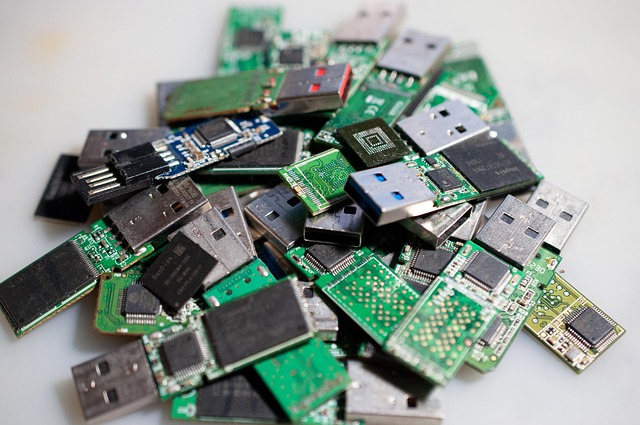When it comes to photography, one of the most powerful tools at your disposal is flash. Understanding how to master this integral component can elevate your photography to an entirely new level, transforming mundane images into breathtaking works of art. Flash photography is more than just a means to brighten a dark scene; it’s a creative tool that can shape the mood, enhance colors, and highlight textures with finesse.
The essence of using a flash lies in its ability to illuminate your subject effectively. Whether you’re capturing portraits at a wedding or shooting landscapes during the golden hour, the right flash technique can make the difference between a flat image and one that pulsates with life. A properly utilized flash brings depth to your photos, adding layers that enrich the viewer’s experience.
One of the critical aspects of flash photography is understanding your camera’s settings. Adjusting the aperture, shutter speed, and ISO not only controls exposure but also governs how the flash will interact with the ambient light. For instance, using a slower shutter speed allows more ambient light to enter the camera, while a faster speed can help freeze motion, giving you the ability to play with light contrast creatively.
Moreover, optics play a crucial role in flash photography. A good lens can significantly affect how the flash’s light disperses throughout the scene. Wide-angle lenses may require the flash to be diffused more effectively to avoid harsh shadows, while a telephoto lens might focus the light more dramatically on a subject, isolating it from the background. Utilizing bounce techniques, like directing the flash toward a ceiling or a wall, can soften the light, creating a more pleasing effect.
Practicing with flash can also teach you about shadows—how they form, how they can be manipulated, and the effects they can have on your composition. Shadows can add drama, highlight textures, or create a sense of mystery within your shot. By experimenting with the positioning of the flash relative to your subject, you can either soften or harden these shadows, bringing your creative vision to life from within the viewfinder.
Don’t shy away from experimenting with off-camera flash setups. By placing your flash unit away from the camera, you can create more dynamic lighting scenarios. This technique is ideal for portraits, allowing you to highlight angles that makeup their features beautifully without the starkness of direct flash. The physical separation opens a whole new realm of creativity and offers a more professional look without breaking the bank on fancy equipment.
Keep in mind, flash photography is also a brilliant tool for mixed lighting environments. Whether you are indoors with artificial light or outside during twilight, a flash can help to balance your scene perfectly. By compensating for the existing light, you can capture images that merge ambient and flash light in harmonius ways, resulting in photos that feel authentic yet visually impactful.
As you dive deeper into mastering flash, remember the essence of photography is connection—whether between your subject, your camera, or the environment. The flash is simply a powerful extension of this connection. It fosters a dialogue between light and shadow, allowing you to tell your story through every captured moment. So pick up your camera, embrace the flash, and let it illuminate your creativity to new horizons.



